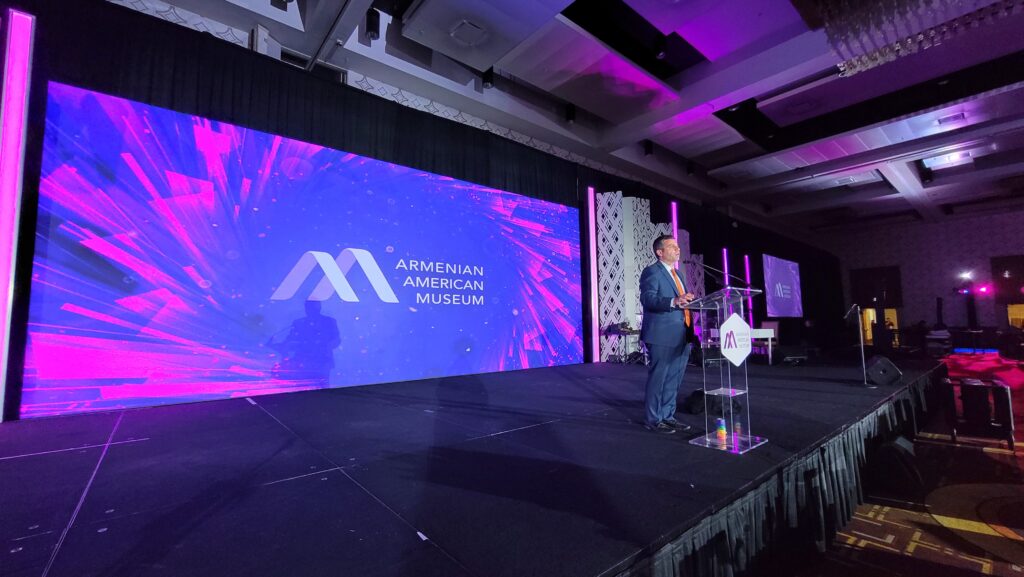Mastering Hue Accuracy in Light Emitting Diode Wall Adjustment for Stunning Graphic Displays
Mastering Hue Accuracy in Light Emitting Diode Wall Adjustment for Stunning Graphic Displays
Blog Article
Hue accuracy is essential for creating breathtaking graphic presentations, particularly when employing LED screens. These massive displays are frequently found in locations like music venues, athletic arenas, and advertising billboards. When the colors on an LED wall are not accurate, the visuals can look flat or distorted, which can impact the total experience for audiences. Therefore, perfecting color precision in LED screen tuning is vital for attaining vibrant and true-to-life visuals.
The first step in guaranteeing color accuracy is comprehending how LED systems works. LEDs, or light-producing diodes, generate light in multiple colors by combining red, green, and blue (RGB) light. Each dot on an LED screen is made up of these three hues. When calibrated correctly, the mix of RGB can create a wide range of hues. However, if one hue is too bright or too dim, it can throw off the whole screen. This is why calibration is necessary to equalize the hues and reach the intended graphic effect.
Tuning entails adjusting the settings of the LED wall to ensure that the hues shown match the original content as nearby as possible. This process usually involves using specialized software and hardware instruments. Technicians frequently use color measurement devices, such as color meters, to analyze the colors being displayed. By contrasting the measured colors to benchmark color standards, they can make precise modifications. This ensures that the hues are not only lively but also uniform across the entire display.
Another important factor of color accuracy is comprehending the surroundings in which the LED screen is employed. Factors such as surrounding light can significantly affect how colors appear. For example, a brightly lit room may fade colors, making them look not as lively. To mitigate this, technicians may adjust the brightness and contrast settings of the LED screen. Additionally, they may choose particular color profiles that are more appropriate for different lighting conditions. This try this website flexibility helps maintain color precision irrespective of the viewing environment.
Finally, regular upkeep and recalibration are essential for maintaining an LED wall looking its best. Over time, the performance of LEDs can change due to elements like degradation and temperature fluctuations. Regular inspections and adjustments can help ensure that the hues stay accurate and vibrant. By investing time in appropriate calibration and upkeep, venues can offer viewers with stunning visual presentations that enhance their overall impression. Perfecting color accuracy in LED wall tuning is not just a technical task; it is an expertise that contributes to the wonder of graphic storytelling.